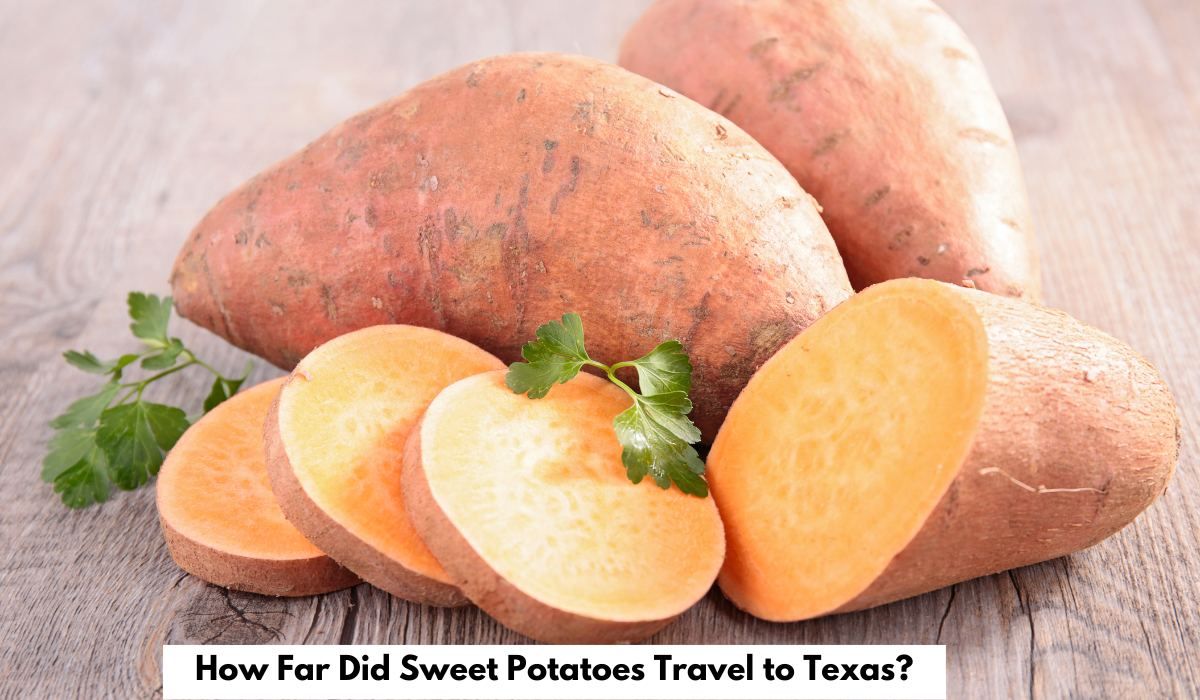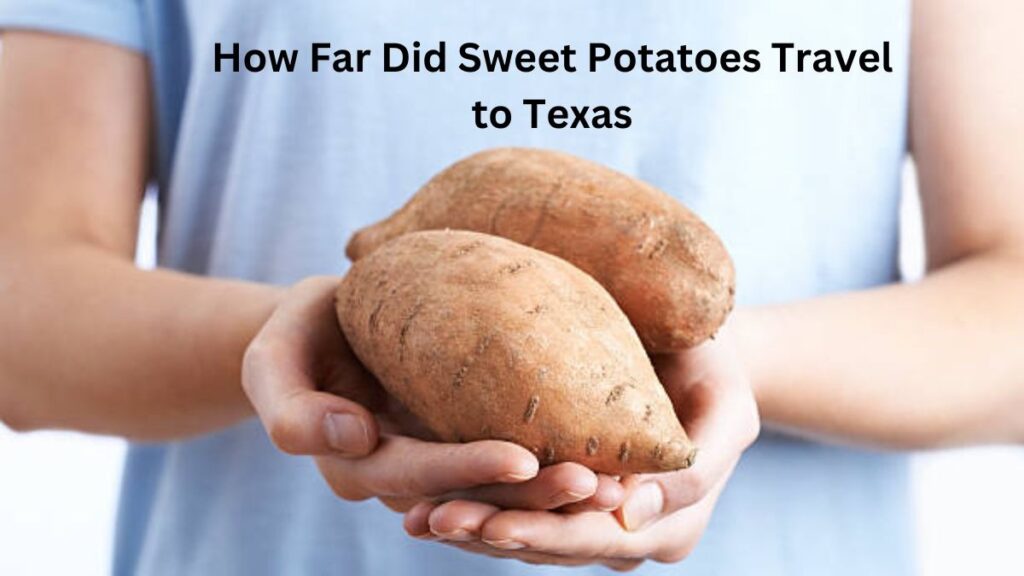Sweet potatoes are a beloved staple in many cuisines, prized for their sweet, earthy flavor and versatility in the kitchen. But have you ever wondered about their journey to Texas? How far did sweet potatoes really travel to make their way to the Lone Star State? In this blog post, we’ll dig into the fascinating history, global movement, and local cultivation of sweet potatoes to uncover their epic journey.
Let’s embark on this flavorful exploration!
The Origins of Sweet Potatoes
Sweet potatoes (Ipomoea batatas) aren’t just a tasty treat; they’re a crop with a rich history that spans thousands of years. Native to Central and South America, sweet potatoes were first cultivated over 5,000 years ago. Archaeological evidence suggests that they were domesticated in the region that is now Peru and parts of Mexico.
But how did they go from ancient farms in the Americas to being a beloved crop in Texas?
A Journey Across Oceans
One of the most intriguing aspects of sweet potatoes’ history is their long-distance travel. Early explorers and traders played a significant role in spreading this versatile root:
- Polynesian Connection: Sweet potatoes made their way to the Pacific Islands well before European exploration. It’s believed that Polynesians encountered sweet potatoes during their voyages to South America and brought them back to their islands.
- European Exploration: After Christopher Columbus’ voyages to the Americas in the late 15th century, sweet potatoes were introduced to Europe. Spanish and Portuguese explorers further spread the crop to Africa, Asia, and beyond.
By the 16th century, sweet potatoes were a truly global crop, adapting to various climates and cultures.
Sweet Potatoes in the United States
Fast forward to the colonial era, and sweet potatoes were firmly rooted in American agriculture. They thrived in the southeastern United States, where the warm climate and sandy soils were ideal for cultivation. By the 18th century, sweet potatoes were a staple food in Southern states, prized for their nutrition and versatility.
The Move to Texas
Sweet potatoes likely traveled to Texas with settlers and traders moving westward. By the 19th century, they had become an important crop in Texas, where they thrived in the state’s warm climate and varied soil types.
Why Do Sweet Potatoes Thrive in Texas?
Texas’ unique climate and geography make it an excellent location for growing sweet potatoes. Here’s why:
- Warm Temperatures: Sweet potatoes thrive in warm weather, and Texas’ long growing season provides the perfect conditions.
- Diverse Soils: From sandy soils in East Texas to loamier soils in other regions, sweet potatoes find a suitable home across the state.
- Agricultural Expertise: Texas farmers have honed their techniques to produce high-quality sweet potatoes, focusing on sustainable and efficient farming practices.
Some of the top regions for sweet potato farming in Texas include Van Zandt, Wood, and Smith counties. These areas are known for their rich agricultural heritage and favorable growing conditions.

How Far Do Sweet Potatoes Travel Today?
In today’s globalized food system, sweet potatoes often travel thousands of miles before reaching your plate. While Texas produces a significant amount of sweet potatoes, the state also imports them from other major producing regions like North Carolina, Louisiana, and even international sources.
Here’s a quick look at sweet potato travel distances:
- From Louisiana to Texas: Roughly 300-500 miles, depending on the exact locations.
- From North Carolina to Texas: Around 1,000-1,500 miles.
- Imported Sweet Potatoes: For example, sweet potatoes from Central or South America can travel over 2,000 miles to Texas.
Local farmers’ markets and Texas-grown labels are great ways to reduce food miles and support local agriculture.
Why It Matters: Supporting Local Agriculture
Understanding how far sweet potatoes travel to Texas highlights the importance of supporting local farmers. By purchasing Texas-grown sweet potatoes, you:
- Reduce Food Miles: Locally grown produce requires less transportation, reducing your carbon footprint.
- Support Local Economies: Buying from local farmers keeps money in the community and strengthens the agricultural sector.
- Enjoy Fresher Produce: Local sweet potatoes are fresher and often taste better, as they spend less time in transit.
Fun Facts About Sweet Potatoes
To wrap up our exploration, here are some sweet potato fun facts:
- Not a Potato: Despite the name, sweet potatoes aren’t closely related to regular potatoes. They belong to the morning glory family.
- Nutrition Powerhouse: Sweet potatoes are rich in vitamins A and C, fiber, and antioxidants.
- Versatility: From sweet potato pie to roasted wedges, they can be used in a variety of dishes.
Conclusion
Sweet potatoes have traveled an incredible journey to reach Texas, starting in the ancient farms of Central and South America and making their way across oceans and continents. Today, they are a cherished crop in Texas, thriving in the state’s warm climate and diverse soils.
By learning about the history and travel of sweet potatoes, we can better appreciate this humble root and the hard work of farmers who bring it to our tables. Next time you enjoy a sweet potato dish, take a moment to savor the rich history and global journey behind it. And don’t forget to support your local Texas farmers—because fresh, locally grown sweet potatoes are simply the best.
So, how far did sweet potatoes travel to Texas? Pretty far—but their journey has been well worth it!
